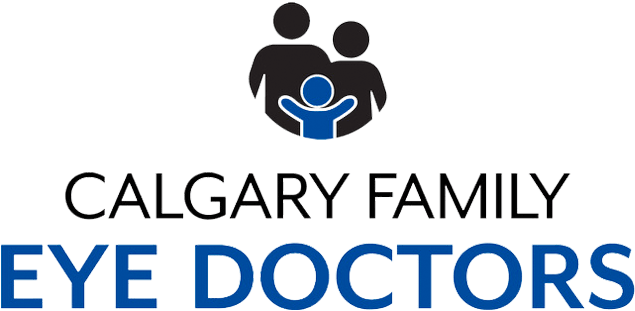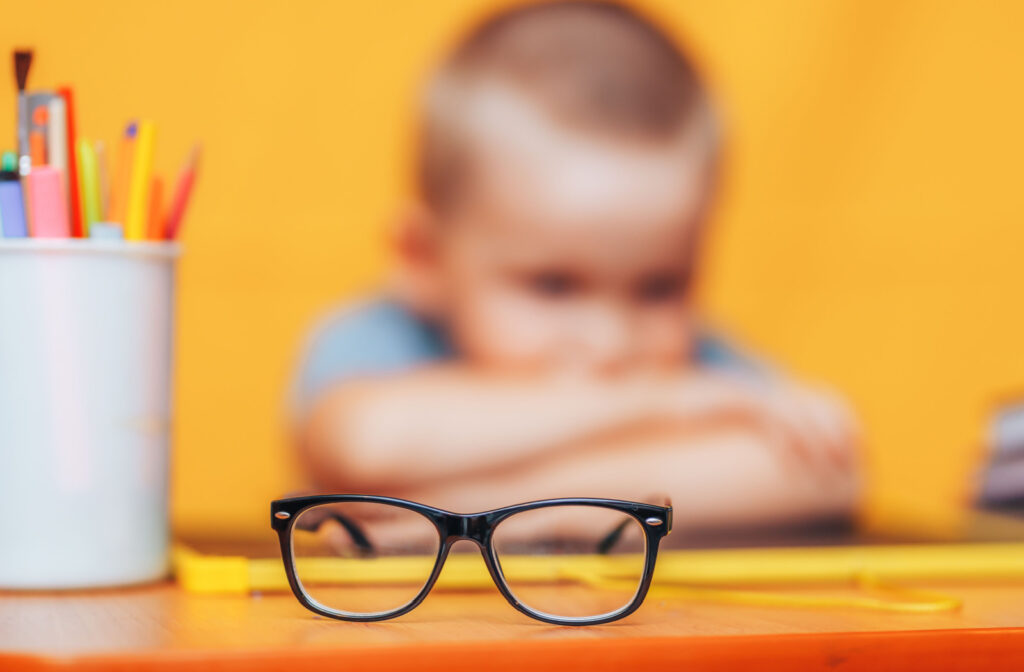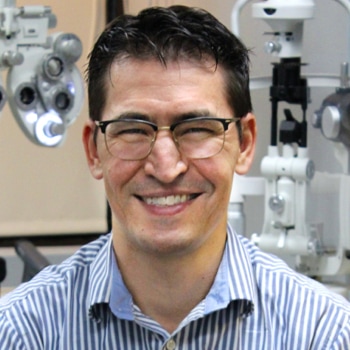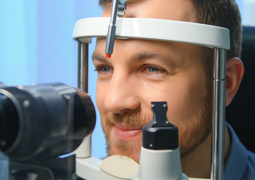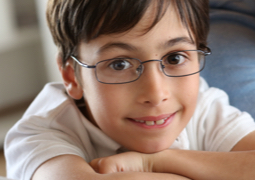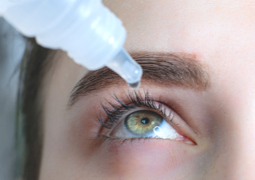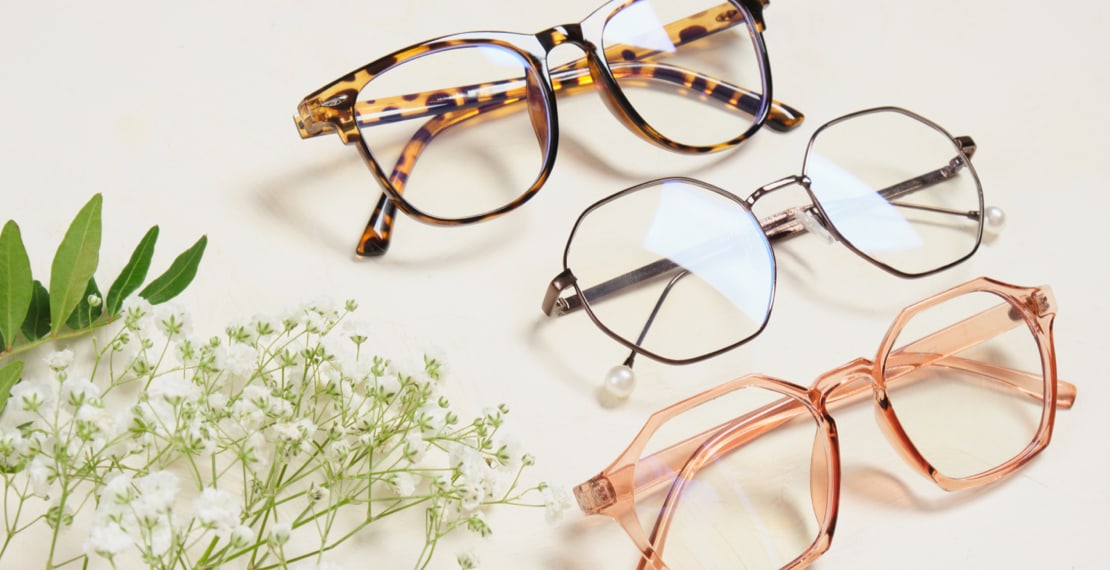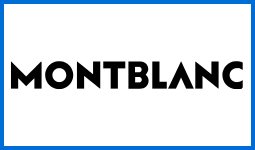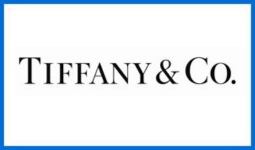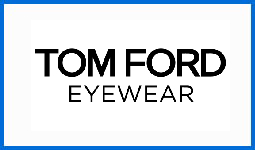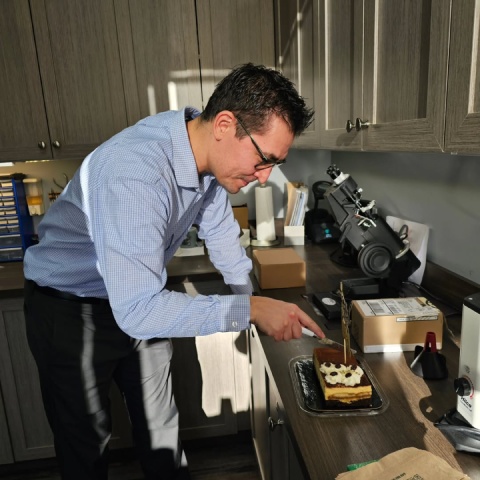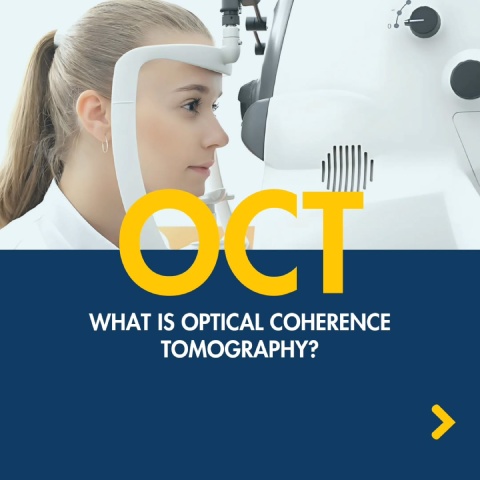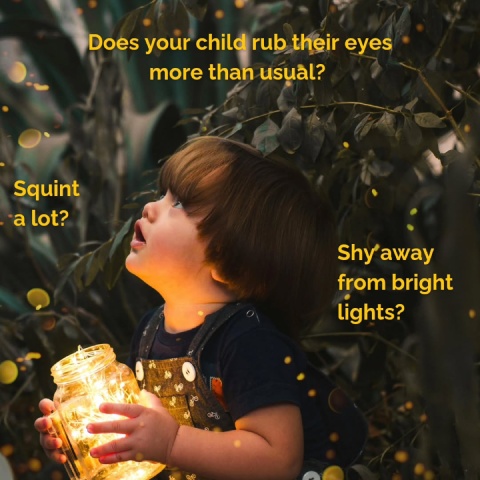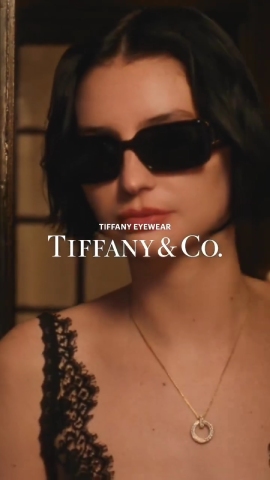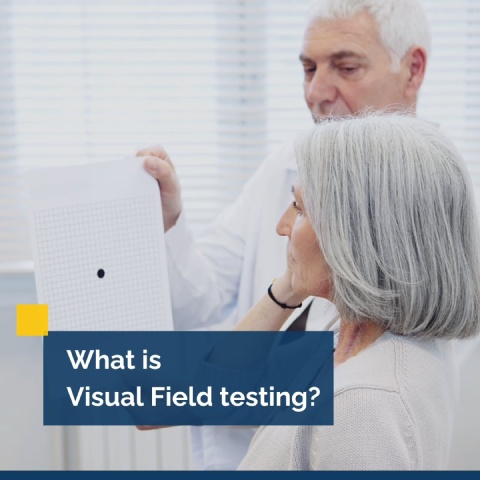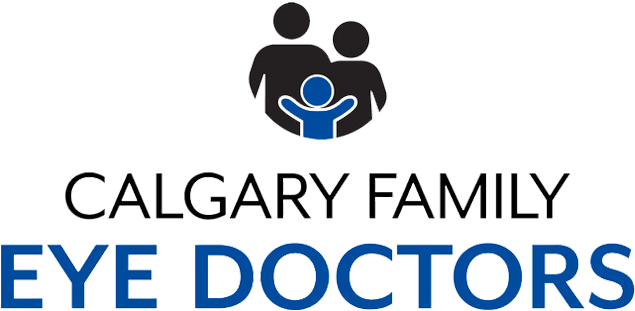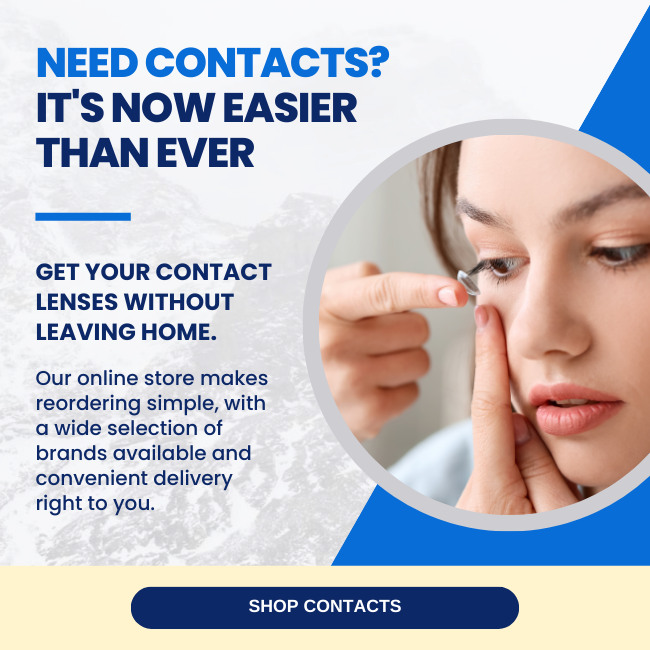Myopia is a common vision problem that affects around 30% of Canadians. Myopia usually develops in early childhood and progresses as a child grows, sometimes leading to high or severe myopia.
Severe myopia can increase a child’s risk of sight-threatening conditions developing later in life. For this reason, myopic control methods, such as specialized lenses and contacts, aim to slow myopia progression.
Children’s eye exams can help monitor a child’s eye health and detect the early signs of myopia and other common eye conditions before they worsen and affect their vision and learning.
What Is Myopia?
Myopia, also known as nearsightedness, is when you can see nearby objects clearly, but distant vision is blurry or out of focus. Myopia occurs because the eye is no longer perfectly round. When the eyeball is too long, or the cornea becomes steeply curved, and the light entering the eye can’t focus on the retina. Without proper focus on this light-sensitive tissue at the back of the eye a person will have blurry vision when looking at objects far away.
In recent years, myopia has become more prevalent and is considered an epidemic, especially among children and young adults. The estimate is that by 2050, myopia prevalence in the world’s population will increase to 52%.
What Causes Myopia?
Myopia causes can include a combination of genetic and other factors. Genetics often plays a primary role in causing myopia, with your likelihood increasing if you have one or both parents with myopia. However, environmental factors, such as prolonged screen time, the constant focus on close-up tasks, and reduced outdoor time, can all contribute to the rise of myopia.
Myopia Symptoms
Myopia symptoms can vary depending on the severity. Common symptoms of myopia can include:
- Blurry distant vision
- Eye strain
- Squinting
- Excessive blinking
- Eye rubbing
- Headaches
Can Myopia be Reversed?
Myopia occurs from structural changes to the eye. Because of this, you can’t reverse myopia. Vision correction with glasses and contact lenses can provide clear vision. However, these corrective measures can’t prevent myopia progression.
The focus now shifts to myopia control, a proactive approach to slow down its progression and safeguard your vision.
What is High Myopia?
If myopia progresses, it can lead to high myopia. High myopia is when the nearsightedness becomes severe, posing potential risks to eye health and increasing your risk of sight-threatening eye diseases, such as:
- Myopic macular degeneration: Damage to the macular, central part of the retina, due to high myopia.
- Cataracts: Clouding of the eye’s lens.
- Primary open-angle glaucoma: Damage to the optic nerve from increased eye pressure.
- Retinal detachment: Retinal detachment risk is higher in patients with high myopia.
What Is Myopia Control?
Myopia control is a range of methods that aim to slow down the progression of myopia to reduce the risk of developing high myopia. There are several ways in which your eye doctor can offer myopia control, including specialized lenses that slow down the elongation of the eyeball.
Zeiss Myocare Lenses
MyoCare lenses are designed differently than corrective lenses and have different lens powers in different zones. These lenses help slow myopia progression by preventing peripheral defocus, meaning they have a lower lens power in the periphery to help light focus in front of the retina.
The light that focuses behind the retina triggers eye growth. Focusing light in front of the retina helps stop the eye from growing longer and leading to high myopia.
MIYOSMART Spectacle Lenses
MiyoSmart spectacle lenses use D.I.M.S. (Defocus Incorporated Multiple Segments) technology to create myopic defocus. These lenses have two zones: A defocus zone to slow myopia progression and a focus zone to provide the prescription for clear vision.
MiSight Lenses
MiSight 1-day contact lenses by CooperVision have ActivControl Technology that can correct myopia and slow the elongation of the eye. They are easy-to-fit, single-use lenses for age-appropriate children.
The Benefits of Myopia Control
The benefits of myopia control are numerous. Controlling myopia progression can reduce the risk of developing eye problems in the future. It can also reduce the need for stronger glasses or contact lens prescriptions and improve the child’s quality of life.
Other Measures to Help with Myopia Control
Apart from myopia control methods, other measures can help prevent myopia progression in children. These measures can include lifestyle adjustments, such as:
- Spending more time outdoors in natural light can reduce the risk of developing myopia.
- Taking breaks when doing prolonged near-focused activities.
- Limiting screentime.
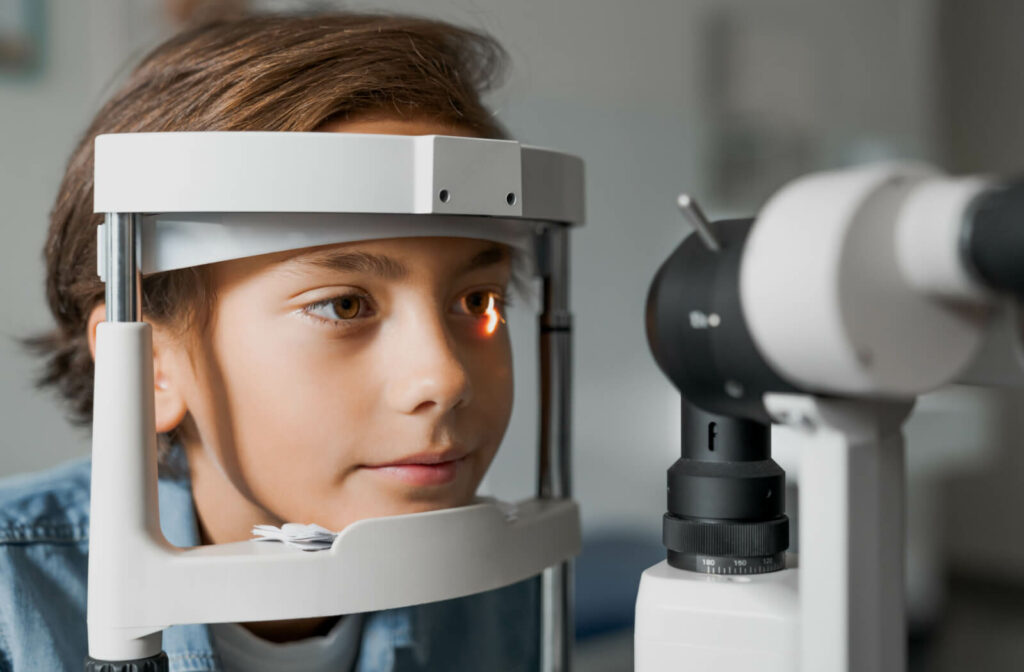
Preserve Your Vision with Myopia Control
Myopia control is an effective way to slow down the progression of this common vision problem, especially in children and young adults. With various myopia control methods, parents no longer need to assume that stronger glasses or contact lenses are the only solution.
If your child may be at risk of developing myopia or shows signs of a vision problem, book an appointment with Calgary Family Eye Doctors for a proper diagnosis and recommended treatment options to protect their vision.
